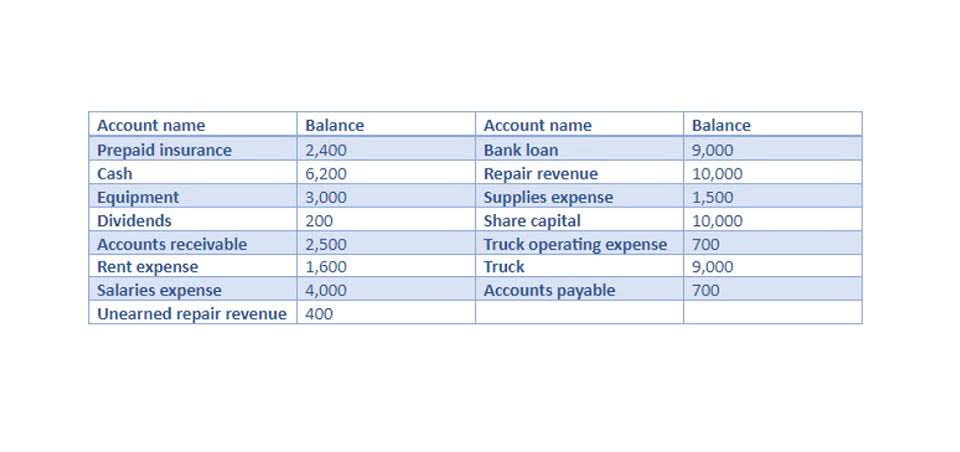
Expense management is just one of the many essential financial processes that organizations are choosing to automate for increased operational efficiency. Expense management software streamlines reimbursements and maintains accurate records for tax purposes, regulatory compliance, and better control over day-to-day spending. Expense management is more than simply keeping track of your employees’ reimbursement claims. Expense Management automation is the means by which an organization can significantly reduce transaction costs and improve management control when logging, calculating and processing corporate expenses. Independent research evaluating the use of automated expense management systems has confirmed that the cost of processing an expense claim is reduced as the level of automation increases. The main ingredients for an organization’s success are a seamless collaboration between teams with a constant rise in financial and employee productivity.
Businesses can leverage expense data to identify trends, analyze spending patterns, and allocate resources strategically to achieve their long-term objectives. Effective expense management is paramount for businesses as it directly impacts their financial stability, growth, and long-term success. By efficiently managing expenses, organizations can allocate resources expense management definition more effectively, identify cost-saving opportunities, and maintain profitability. Moreover, it fosters financial discipline, enhances operational efficiency, and instills confidence among stakeholders, including investors, creditors, and shareholders. Expense management software is a type of program that streamlines the employee reimbursement process.
What is expense management?
In comparison, traditional expense management uses a manual paper or spreadsheet-based system to process, pay, and audit employee expenses. This feature allows employees to simply take a picture of the paper receipt using the OCR scanner. The software then auto-populates expenses details from the captured image, all ready to report. This ensures that a truly one-click experience replaces the otherwise tedious manual expense reporting process. By definition, expense management is a system of organization deployed for processing expense reports, approvals, and employee reimbursements.
What is IT cost structure? Definition from TechTarget – TechTarget
What is IT cost structure? Definition from TechTarget.
Posted: Mon, 24 Jan 2022 23:44:29 GMT [source]
For instance, they find out that they’re overspending on vendor services, some of which overlap. Or, they realize that their travel expenses are through the roof because they lack a policy for booking cost-effective travel options. With these insights, InnovateX can renegotiate vendor contracts, streamline services, and implement a new travel policy. Imagine a world where the Great Pyramids were built without any measurement tools, a feat of precision based purely on guesswork. Yet, this is how many businesses still approach expense management – a critical yet often under-appreciated aspect of their operations.
Check for must-have expense management features
Set spending limits, receipt requirements, and designate additional approvers based on projects, departments, or expense categories. Approvers can conveniently review and approve reports on the go via mobile app, email, Slack, or Teams. To get started, pinpoint the pain points in your current expense management process. Think about how easy it is to use, if it has a mobile app, how customizable it is, how secure it is, what kind of reports it generates, and if it can grow with your company. Expense management is an ongoing process that requires regular monitoring and analysis.

Expense management software gives you better protection against fraud and allows for more efficient policy compliance. The technology helps to strengthen spend management and integrates with existing accounting and ERP systems. Software automates much of the expense management process, from compliance to approvals.
Everything you need to know about corporate expense management
This is businesses, small and large, turn to more effective methods of managing expenses. However, expense management will look different from one company to the next. In a more strategic sense, expense management is the key to proper accounting. With a firm grasp on business spending patterns, executives can make smarter decisions about where to cut costs or make investments.
In double-entry bookkeeping, expenses are recorded as a debit to an expense account (an income statement account) and a credit to either an asset account or a liability account, which are balance sheet accounts. Typical business expenses include salaries, utilities, depreciation of capital assets, and interest expense for loans. The purchase of a capital asset such as a building or equipment is not an expense.
How Tomo drove efficiency and slashed time to close with Ramp
The expense management process electronically captures invoices, matches documents, and then screens, reviews, approves, tracks, and reimburses employee expenses. All expense receipts attached to expense claims are stored in a secure and searchable cloud. This makes it easy for finance teams to search for any expense, receipt, or report using filters. The next time you sit for an audit, there won’t be an hour of awkward silence between you and the auditor while you sort through heaps of reports to find the one the auditor asked for. As managers, department heads, or the finance department, there are better and more important things you have to do than verifying expense claims against policies.
- These may include recurring expenses necessary to keep facilities running and teams operating effectively.
- Fyle allows you to set up sequential, parallel, project-led or any other approval workflow with ease .
- Delays in reimbursement processing, manual approval workflows, and outdated reimbursement policies can frustrate employees and impede productivity.
- These insights are made available on your expense management dashboard, where you can view spend by departments, projects, categories, and more.
